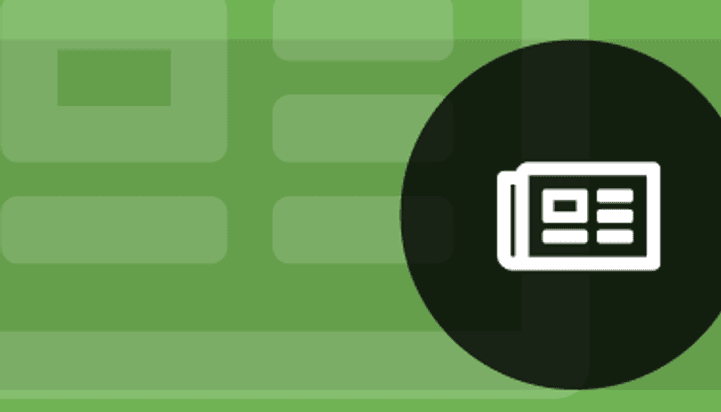Clear and straight ahead.
Details
Understand the priority of content and how to better integrate words into the UX of your project.
Description
Content is a vital part of the user experience. After all, every user journey, whatever its goal, ultimately involves a user getting to content, or adding their own. That content may be text, like this article, or it may be imagery, video, audio—you name it. But whatever it is, it’s the point of the user’s interaction with every site or product.
Yet traditionally (and all too often still) when we design websites or make products, we design visually, and the content spaces are left blank. If you’re doing things as most do, you’re probably going to show the wireframes or mockups to someone internal—maybe even your founder—and ask them to fill the spaces.
Ugh. At least, that’s what your colleague is probably thinking at this point. Now they have the burden and responsibility of filling the literal and metaphorical blank page—but a blank page that already has a goal or direction they’ve had no part in choosing.
Here I’m going to suggest an alternative way to consider content, where content is UX.
Creator

Georgina Laidlaw

Content
Reviews
Design technology to make it more human usable to lovable but while creating and consuming information in 2d we forgot about space. We built great web sites on two learned truths that the internet is an interactive channel and that the end user is a human. A human work place is a movement is government to make work more human building a loving human centered work place creates the conditions, we are people serving people. we are not cogs or machines or object or even resources.
If you are going to say the book is free, it should be free. Lame, fraudulent advertising.
Frequently Asked Questions

Content as UX: Building a More Human Web
4.3
Unlimited access to this title and 600+ others in our library
New titles added frequently
Cancel anytime
